
Putin has a growing CSTO problem
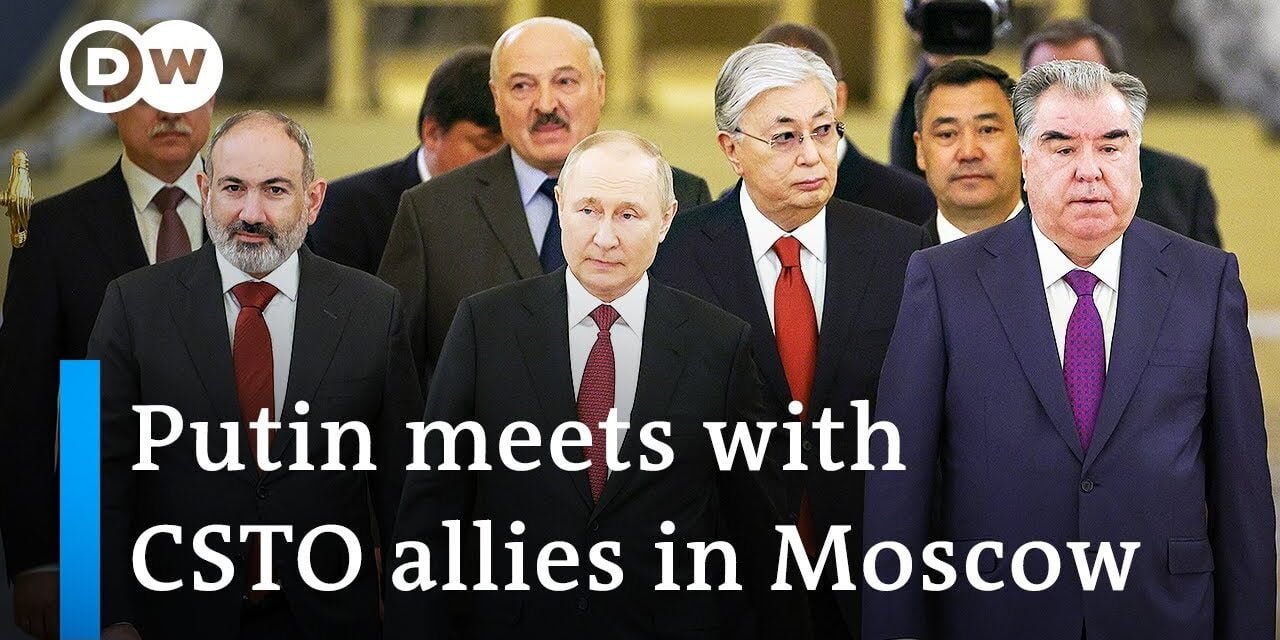
As the world focuses on the Russian situation in Ukraine, Vladimir Putin has a growing problem within CSTO – the Collective Security Treaty Organization. Never heard of it? It is the counterpart to NATO and includes six nations that were once part of the old Union of Soviet Socialist Republics (USSR) – but which maintain loyalty to Moscow.
They are, for the most part, independent nations – and not like the “captive nations” that comprised the old Soviet empire. But in many ways, however, it is a distinction without a difference. Russia maintains a military presence in each of them.
Unlike NATO, CSTO has nations with unresolved historic enmity and conflicts. Since the invasion of Ukraine, two of those conflicts are no longer simmering. Hostilities have broken out.
Azerbaijan and Armenia: Fighting has broken out along a shared border between Azerbaijan and Armenia – breaking a tenuous ceasefire. It has been estimated that more than 200 soldiers have been killed on both sides of the conflict.
Tajikistan against Kyrgyzstan: The cease-fire between Tajikistan and Kyrgyzstan broke down recently with Tajikistan’s renewed shelling of its rival.
All four of the nations involved are members of the 6-member CSTO – the other two being Russia and Belarus. Putin has called on them to cease hostilities – and has been able to invoke ceasefires from time to time. But with the invasion of Ukraine, Putin lost more than moral authority. He has had to empty the barracks of soldiers and weapons that have been at military installations in these countries – essentially keeping the lid on.
According to the Institute for the Study of War, the Kremlin “has almost certainly drained a large proportion of the forces originally stationed in Russian bases in former Soviet states since Russia’s full-scale invasion of Ukraine began in February, likely weakening Russian influence in those states.”
Radio Free Europe/ Radio Liberty reported that 1,500 Russian personnel had been sent from Tajikistan to Ukraine – and another 600 were expected to be redeployed in the future.
While there is currently a fragile ceasefire in these conflicts, any resumption of fighting puts Putin in a very tough position. Just as NATO has Article 5 – which declares that an attack on any one NATO member is an attack on the alliance, with mandated response – CSTO has a similar provision, Article 4.
Should Tajikistan start shelling Kyrgyzstan again, it would require a unified CSTO response – including from Russia. Putin would have to respond militarily against Tajikistan — taking up military personnel and equipment he cannot spare – not to mention the issue of taking up arms against an ally. He could – and most likely would – ignore Article 4 and try to jawbone a ceasefire as he has in the past – rendering the mutual defense provision meaningless.
With Putin’s attention and military being focused on Ukraine, insurgent activities have been on the rise in Georgia and Chechnya – which are not members of CSTO.
The fact that CSTO (Putin) has ignored CSTO’s internal conflicts in the past has led to a general belief by the member-states that the Alliance has little value. In the current situation, CSTO is of no benefit to Putin and he is of no benefit to the members. Some international analysts believe CSTO will dissolve into irrelevancy – and maybe already has. But it still presents more headaches for the Madman of Moscow.
So, there ‘tis.
Author Note: The photo atop this commentary is of the entire CSTO membership. Think about that when you next see a photo of the NATO leaders.


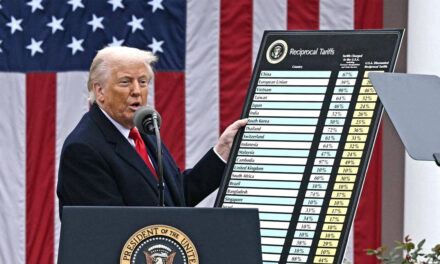
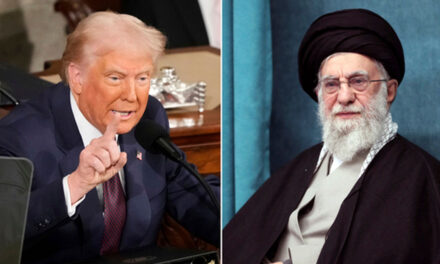

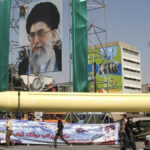


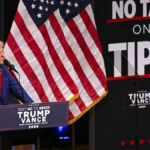

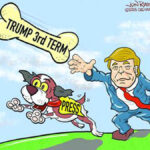
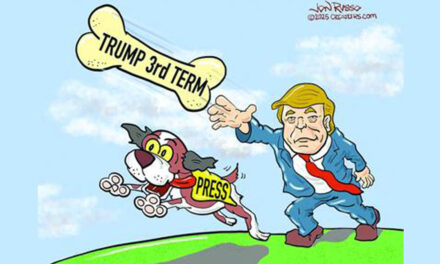
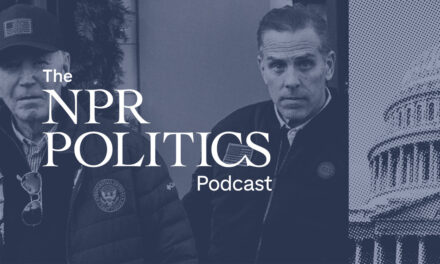



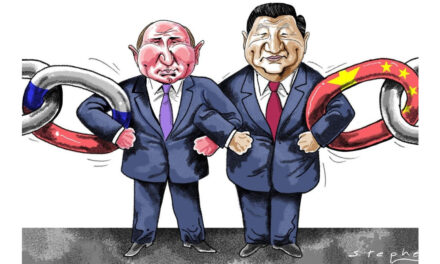
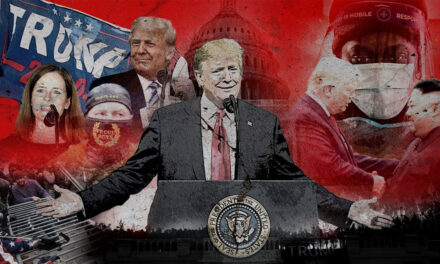

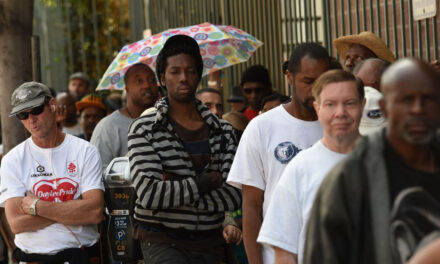



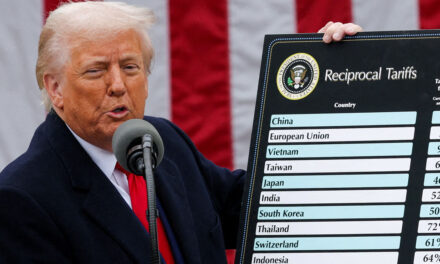
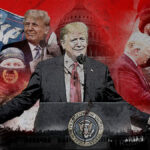

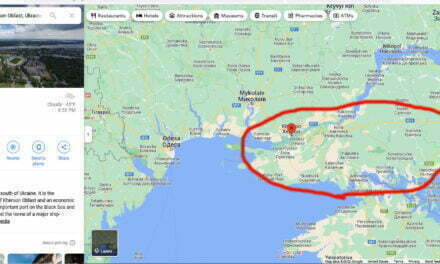

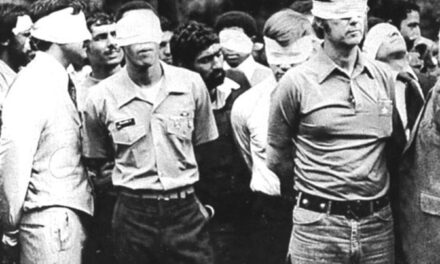
BLINK!!! God I made some bucks on this. I don't like day trading, but this fool just begs you to…
What votes? Coal employment been pretty flat for decades as production has dropped, extraction productivity has risen. Point is the…
Joe, The people who don’t understand the tariff strategy are the people advising trump, who developed this formula for placing…
Just another day at the trump house-bullshit spewing out in the form of executive orders. Can anyone see any value…
Trump says it’s not a tax. What does Joe call extra money on top of product price that the gubermint…